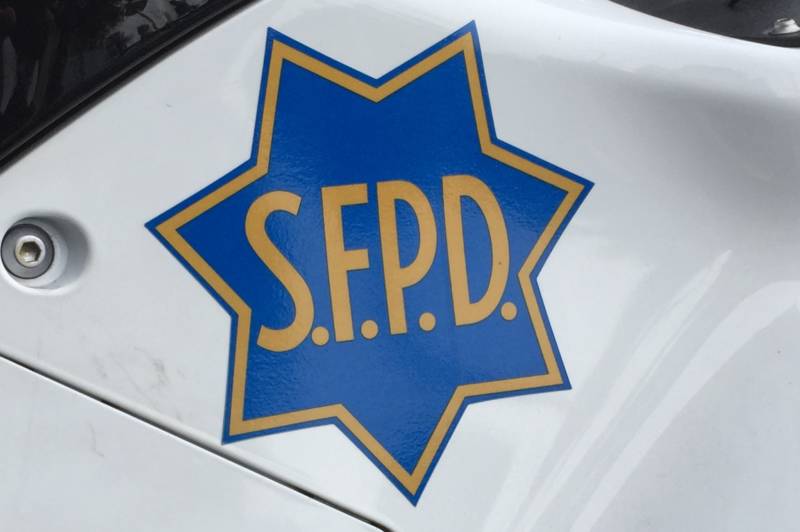The commission was set to consider several different draft versions, but settled on a compromise draft with about a dozen sticking points delivered just hours before the meeting and replete with edit marks and comments. Confusion over the multiple drafts drew some criticism, but civil liberties advocates, including the ACLU, San Francisco Office of Citizen Complaints and the local bar association, said the majority of the policy represents good compromise.
"I think in a majority of places, we’re on the same page," OCC policy analyst Samara Marian said. "I’m also balancing it out with the desire to get a policy in place and get training in place."
But the Police Commission's first vote is not the final word, and before they're codified, SFPD's new use-of-force orders are headed for a bargaining process between the city's Department of Human Resources and police officers' union.
Commission President Suzy Loftus tried unsuccessfully to get assurance from the San Francisco Police Officers Association that they would not seek to bargain on points of the policy already agreed upon, which all parties estimated constituted about 80 percent of the document. POA President Martin Halloran refused.
"The meet-and-confer process is not done here in open forum," Halloran said, adding that the commission's decisions on the sticking points could affect the union's position on the rest of the policy.
Loftus asked if the union would hold the policy "hostage" in negotiations.
"I understand you have those rights, and they’re afforded to you, but this department needs the ability to move forward on this change as soon as possible," Loftus said. "We’ll use any means that we have available to us."
"We are not holding anything hostage," Halloran said. "We would not vote against the entire policy, no. ... There is too much in there that has already been agreed upon."
The points in agreement include a broad policy statement on safeguarding "life, dignity and liberty of all persons," forceful orders to de-escalate potentially violent suspects (when feasible) and robust data collection and publishing requirements.
POA secretary and SFPD Lt. Mike Nevin said he pushed for the inclusion of this line: "The authority to use force is a serious responsibility given to peace officers by the people, who expect them to exercise that authority judiciously and with respect for human rights, dignity and life."
"I believe that to my core," he said.
"What I see is a policy where de-escalation is front and center," Marian said, "and then there’s accountability throughout."
But San Francisco's law enforcement and police accountability communities didn't agree on everything. Three issues emerged as major sticking points: the union's desire to include a state penal code section stating that peace officers do not have a duty to retreat when they encounter resistance; the prohibition on shooting at vehicles; and the use of a particular, but easily misapplied, control hold called the carotid restraint.
When the restraint is correctly applied, an officer's forearm and bicep compress the carotid arteries on either side of a suspect's neck, depriving the brain of blood and oxygen until he or she loses consciousness. Incorrectly applied, the carotid restraint can become a chokehold, in which an officer's forearm compresses a suspect's trachea.
The commission voted against the POA on all three major sticking points.
But the POA said in a statement issued Thursday that it will seek to bargain over those points with the city's Department of Human Resources.
Nevin and Halloran referenced a testimonial from an unnamed SFPD officer in support of keeping the carotid restraint as an option for San Francisco police:
"I am a 5'4" female that has rarely used force in my 28 years of law enforcement. However, in moments where I have been attacked, the carotid restraint has saved my life. It has saved my life three times because the person that attacked me was huge and extremely violent. The carotid restraint applied correctly due to training was perfectly effective and caused no injury to the suspect. It is a tool that can be effectively used by all officers -- small, large, male, female -- to safely manage a violent suspect."
"To us, that’s an officer safety issue," Nevin said. "We would want to discuss that [in negotiations]."
